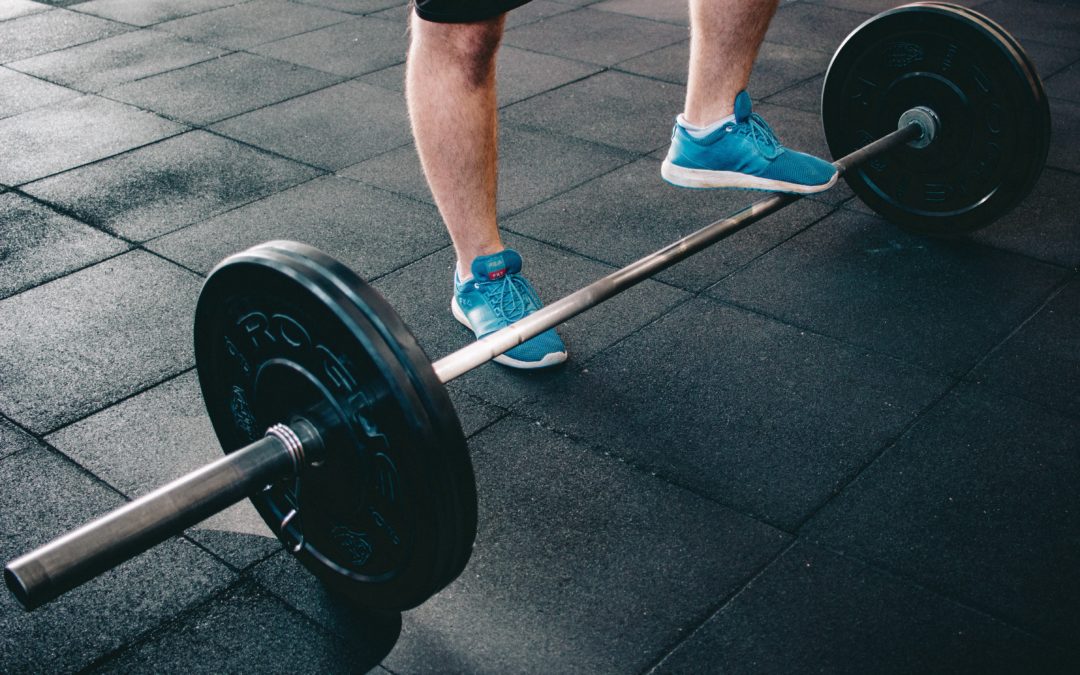Consider this situation…You come into the gym for a workout and Back Squats are on the menu. Today’s workout calls for a 1, 2, or 3-Rep Max attempt for the day. You haven’t been doing Back Squats routinely, so you don’t expect much out of yourself today. You start to get some warm-up sets in and you’re pleasantly surprised that the weights are feeling pretty light. You continue to throw weight on the bar and you eventually get to that Max attempt. You hit a new PR and you say to yourself “well that’s awesome, but where the hell did that come from? I haven’t even been squatting lately!”
You think about it some more and eventually you come to the conclusion that you just got a good night of sleep and you were feeling fresh. Although that may very well have played a role in your performance that day, did you think about what other training you may have done in the weeks prior that could have contributed? There are many factors involved in being able to achieve a new PR in any exercise, but when it comes to Squats, I’m thinking about single-leg strength. Did you ever consider that those Bulgarian Split Squats your coach has been programming probably have a large role to play in your ability to lift more weight? Or do you normally dismiss those exercises as just extra “accessory work” that you can just lolligag through or skip altogether because they’re not as sexy as lifting a barbell?
Well, you should definitely be making an effort to do single-leg exercises a lot more. In addition to the benefits I’m about to share with you, I’ll finish this post by sharing my Top 5 single-leg exercises you should be doing regularly (i.e. at least 1-2 times per week).
Some benefits of single-leg exercises include:
- Injury prevention through improved dynamic single-leg stability, meaning you will improve your hip, knee, and ankle stability in a variety of movements such as walking, going up or down and flight of stairs, running, jumping, and other sporting activites.
- Along with injury prevention comes increased longevity in sport, meaning you will be able to continue doing the physical activities you love to do, for a longer period of time.
- Increased utilization of core musculature and correcting or preventing muscle imbalances.
- Increased strength, speed, and change of direction abilities to the same extent as bilateral (e.g. back squats, front squats) exercises without the added strain on your spine.
That being said, here are my Top 5 favorite single-leg exercises, in no particular order of importance, that I’ve used in the past and continue to use to this day. Experiment with them and always remember to start a bit more conservatively when choosing a weight and repetition progression if you haven’t done them before. I’ll include a suggested starting point for each one.
Bulgarian Split Squat: Start with bodyweight. When comfortable doing 8-10 Reps per side, consider adding some weight in a farmer’s carry or front rack position.
Single-Leg Romanian Deadlifts (RDL): Start with bodyweight hinge movement patten. When comfortable doing 8-10 Reps per side, consider adding some weight in farmer’s carry position.
Skater Squat: Start with bodyweight and a higher box/bench height that will keep you at a squat depth you can keep proper body position in. When comfortable doing 8-10 Reps per side to a depth where the hip is at least even with the knee, consider adding some weight in a farmer’s carry, front rack, or goblet position.
Kettlebell Swaps or Presses: Start with single-leg balance. When comfortable holding bodyweight balance for at least 30 seconds, start swapping one weight, or pressing one or two small weights overhead. A good starting point is to be able to do 8-10 swaps per side before adding more weight. Same goes for the presses. Once that becomes easy, you can stand on an unstable surface or add more weight.
Single-Leg Hops: Start with very small single-leg hops in place before you begin to go in different directions. Practice hops with immediate take-off or hops with a solid landing. Immediate take-off will focus on helping you build change of direction abilities and power, while solid landings will help you build single-leg stability and the ability to absorb a high-impact load more effectively (great for running). Do sets of single-leg hops of 30 seconds to 1 minute. If going for power, focus on explosive jumps for reps with some rest in between rather than time.
Hope you enjoyed this article. Please leave some comments if you have any specific questions about exercises progressions.
Please also remember that you should have a very solid foundation of bilateral resistance training before you begin single-leg exercises. Master your own bodyweight first, then challenge yourself more with these exercises.

